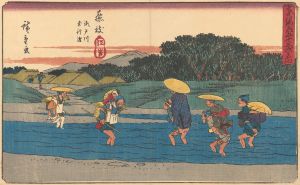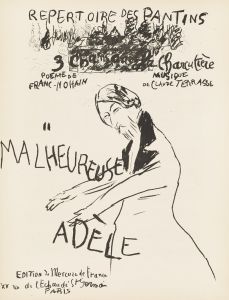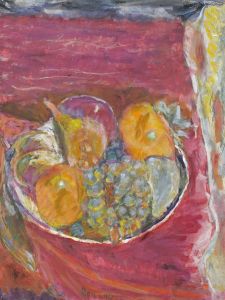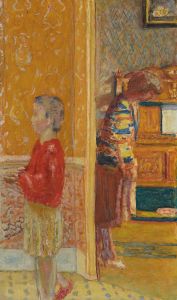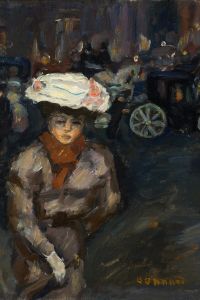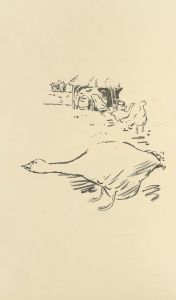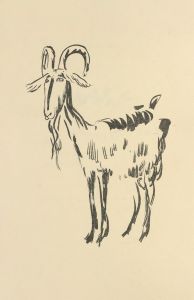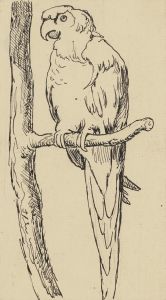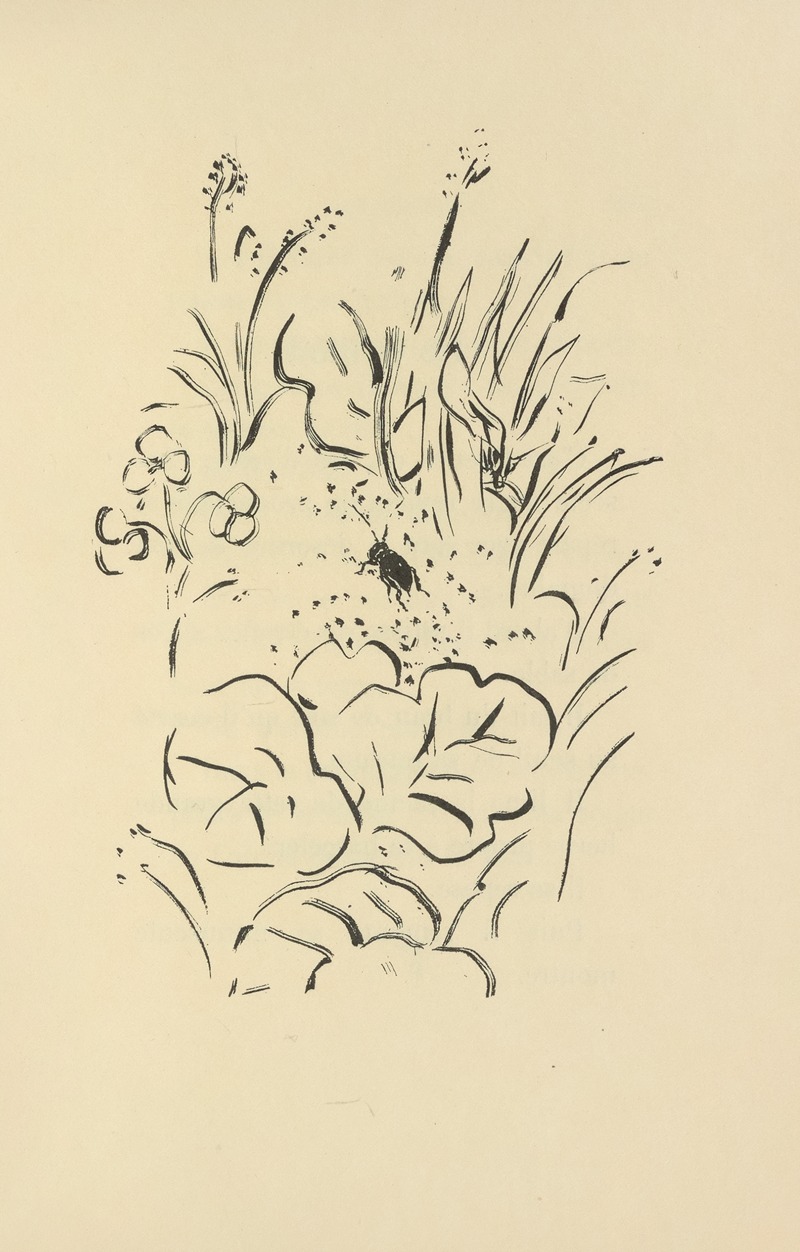
Histoires naturelles Pl 40
A hand-painted replica of Pierre Bonnard’s masterpiece Histoires naturelles Pl 40, meticulously crafted by professional artists to capture the true essence of the original. Each piece is created with museum-quality canvas and rare mineral pigments, carefully painted by experienced artists with delicate brushstrokes and rich, layered colors to perfectly recreate the texture of the original artwork. Unlike machine-printed reproductions, this hand-painted version brings the painting to life, infused with the artist’s emotions and skill in every stroke. Whether for personal collection or home decoration, it instantly elevates the artistic atmosphere of any space.
Pierre Bonnard was a French painter and printmaker, known for his vibrant use of color and his innovative compositions. He was a founding member of the Post-Impressionist group Les Nabis, which played a crucial role in the transition from Impressionism to modernism in the late 19th and early 20th centuries. Bonnard's work is characterized by its intimate domestic scenes, landscapes, and still lifes, often infused with a sense of warmth and tranquility.
"Histoires naturelles Pl 40" is one of the works by Pierre Bonnard, though specific information about this particular piece is limited. Bonnard's "Histoires naturelles" series was inspired by the natural world, and he often depicted animals, plants, and landscapes with a keen eye for detail and a deep appreciation for the beauty of nature. His approach to these subjects was not merely representational; instead, he imbued them with a sense of narrative and emotion, inviting viewers to engage with the scenes on a personal level.
Bonnard's technique involved the use of bold colors and loose brushwork, which allowed him to capture the essence of his subjects rather than their precise details. This approach is evident in his "Histoires naturelles" series, where he often used lithography to explore the interplay of light and color. Lithography, a printmaking technique that involves drawing on a flat stone or metal plate with a greasy substance, allowed Bonnard to experiment with different textures and tones, adding depth and richness to his images.
Throughout his career, Bonnard was influenced by a variety of artistic movements and styles. His early work shows the impact of Impressionism, particularly in his use of light and color. However, as he developed his unique style, he began to incorporate elements of Japanese art, which was becoming increasingly popular in Europe at the time. This influence is evident in his use of flat planes of color and his emphasis on decorative patterns.
Bonnard's work, including the "Histoires naturelles" series, reflects his belief in the importance of capturing the fleeting moments of everyday life. He once said, "Art will never be able to exist without nature," highlighting his commitment to portraying the natural world in all its complexity and beauty. His ability to convey the subtleties of light and atmosphere, combined with his innovative use of color, has earned him a lasting place in the history of art.
Despite the lack of specific information about "Histoires naturelles Pl 40," it can be appreciated within the broader context of Bonnard's oeuvre. His work continues to be celebrated for its emotional depth and technical mastery, and it remains an important part of the legacy of modern art. Bonnard's influence can be seen in the work of later artists who sought to capture the essence of their subjects through color and form, and his contributions to the development of modern art continue to be recognized and studied by art historians and enthusiasts alike.





